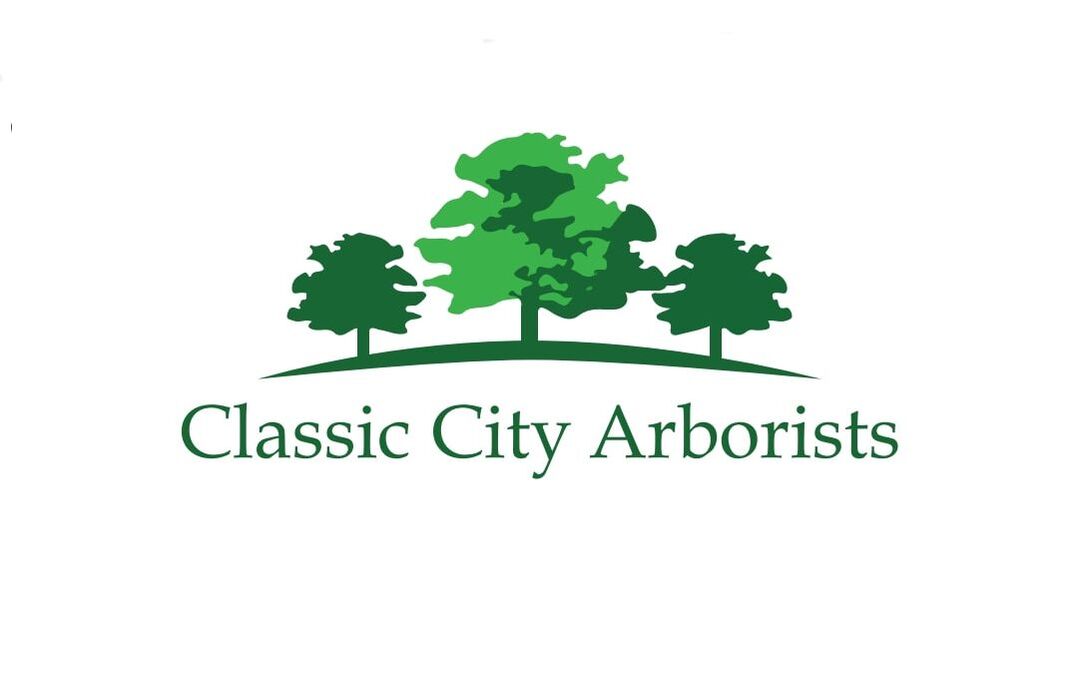|
News and Blog Articles
|
|
For April’s Tree of the Month, we want to shine the spotlight on the tree you’ve seen in your backyard, at the park, and along the highway, whether you knew it or not: Pinus tadea, more commonly known as the loblolly pine. These tall, fast-growing evergreens are named after the depressed lowlands of the east coast of the United States that they are native to, and have the second highest population of trees across the country, surpassed only by the red maple. If you’ve ever driven down a back road or old highway and seen tons of tall pine trees planted in clear, evenly-spaced rows, then you’ve seen the loblolly pine. These loblolly “farms” supply a variety of industries, as the loblolly, classified in the lumber industry as a southern yellow pine, can be used for everything from furniture to plywood to pulp for paper and cardboard production. This highly versatile, invaluable resource is by far the most widely cultivated timber species, and arguably the most important. Loblolly 101Perhaps the most notable feature of the loblolly, on first glance, is the name. Loblolly combines the word lob (which refers to the thick, heavy bubbling found when cooking porridge) and lolly (which is an old British word for food boiled in a pot, such as broth or soup). Down here in the South, loblolly means a mudhole or a mire, a use derived from a mudhole’s resemblance to the consistency of porridge or other lollies. Loblolly pines are native to lowlands and swampy areas, and are named after the mudholes and mires they can be found in. As you might guess for a pine tree, the loblolly pine features both pine needles and pine cones. Loblolly needles grow together in fascicles (bunches) of three and reach between 6 and 10 inches long; they range from a darkish yellow-green to a deep, forest green in color. Loblolly cones are oval-shaped and often grow in pairs; they reach lengths averaging between 3 and 6 inches, and can be either male or female. Male cones are yellow, and will shed pollen in the spring. Female cones are also yellow, but will change to green after pollination and eventually fade to a greyish-brown upon falling. The loblolly is, unfortunately for those of us with allergies, one of the top producers of pollen in the southeast—they can produce between 2.5 and 5 pounds of pollen each season. That layer of yellow dust coating everything in sight? Loblolly pollen. The average loblolly matures at around 150 years of age, where it can reach heights from 60 to 100 feet at full maturity, with a branch spread of 25 to 35 feet and a trunk diameter averaging at 3 feet. Loblollies have been recorded living as long as 300 years in highly favorable conditions. The tallest loblolly pine currently measures in at 169 feet high, and can be found in the Congaree National Park in Hopkins, South Carolina. Did You Know?The loblolly pine is dominant on 11.7 million hectares (29 million acres!) of land, and comprises more than half the standing pine volume in the South.
Why the Loblolly?There are many reasons behind the loblolly’s widespread, dense population, one of which is the species’ rapid growth rate. Loblollies grow over 24 inches, or 2 full feet, per year, making them an ideal choice for quick screens; screens, in this instance, refer to a barricade of trees planted specifically to enhance privacy, reduce sound, or otherwise block off a specific area. For example, during construction of a new structure, the surrounding area is usually raised to make way for equipment and machinery, as well as provide space to work. Once the structure is complete, however, the property owner will likely want something growing around their building, or along their property line; that’s where the loblolly steps in. These trees can populate a barren landscape within just a few years, making them one of the first choices for repopulating an area. In addition to growing so quickly, the loblolly pine is extremely tolerant. Though best-suited to full sun exposure (about six hours of direct, unfiltered sunlight per day), it can survive a more shaded existence, and thrives in most soil types, ranging from clay to moist to acidic. The loblolly is also fairly resistant to both drought and flooding, making it less picky than other species and very easy to transplant. This tolerance, in addition to its rapid growth, makes the loblolly ideal for the southeast, and an excellent choice to prevent erosion and rehabilitate damaged soil plots. AuthorEmily Casuccio is sister and sister-in-law to Rebekah and Scott Rushing, and has over half a decade of experience in copywriting, copyediting, proofreading, and developmental storyboarding. She's worked with both published and undiscovered authors on both fiction and nonfiction, and takes pride in supporting local businesses. Her passion lies in the written word and helping authors of all capacities realize their dreams and achieve their fullest potential. To learn more about her, read samples of her work, or contact her, visit her online portfolio.
0 Comments
Your comment will be posted after it is approved.
Leave a Reply. |
Categories
All
Archives
January 2023
|
|
23 Whatever you do, work at it with all your heart, as working for the Lord, not for human masters,
24 since you know that you will receive an inheritance from the Lord as a reward. It is the Lord Christ you are serving.
Colossians 3:23-24
24 since you know that you will receive an inheritance from the Lord as a reward. It is the Lord Christ you are serving.
Colossians 3:23-24

